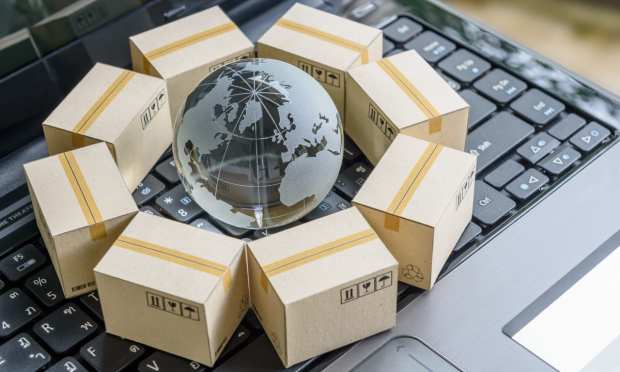Cross-Border Payments Help eCommerce Merchants Navigate China’s Business Complexities

When crisis hits, the corporate survival instinct kicks in.
LianLian Global Executive Chairman David Messenger told PYMNTS’ Karen Webster that the pressures of the pandemic have underscored the challenges of navigating supply chains.
Increasingly, companies across all manner of verticals — but particularly for United States firms operating in eCommerce — are presented with opportunity in the form of new, far-flung markets and customer bases.
But along with those opportunities arise challenges.
“Obviously there is a long cycle that takes shape across borders — especially in terms of getting inventory in place and shipping it,” he said.
To be successful, eCommerce companies must be “local” to their consumers and suppliers, offering preferred payment methods, interacting in the local language, with a presence across all online channels, well beyond the confines of, say, Amazon.
Up until recently, Messenger said, many cross-border sellers had been reliant on only a few larger marketplaces, spanning Amazon, eBay, Walmart and other marquee names. But increasingly, and especially amid the pandemic, several channels have proved attractive to sellers, including cdiscount and allegro, to name two.
Operating as a B2B outfit, LianLian Global has partnerships in place with those players, simplifying the process of setting up digital storefronts. That initial launch can be done in a matter of days, not months, he added.
The Evolution
But now, many sellers coming out of the pandemic want to focus on building their own brands, cementing direct customer relationships.
Along the way, said Messenger, merchants have moved beyond the simple act of setting up eCommerce operations and have been evolving to become something bigger, as firms broaden their revenue streams to include not just B2C but B2B too.
“Especially for larger cross-border sellers — where they have an established base and their own channels — they want to open things up and become marketplaces,” said Messenger. “We’re seeing that with quite a number of our larger sellers from China.”
Doing so is part of a diversification strategy, said Messenger, but enterprises need help in getting there. The competitive arena has been thrown wide open for providers (LianLian Global among them), especially in the B2B space, which had traditionally been dominated by banks.
The movement toward B2B marketplaces carries its own set of complexities, Messenger said, which are tied to discovery, sourcing, staging of inventory and payments.
Messenger also noted that the risk profile of B2B commerce is higher than B2C, particularly when suppliers can be located halfway across the globe. He said the platform streamlines the discovery/viewing of products and has know your customer (KYC) and compliance checks built in.
The data that crosses the platform between buyers and sellers is especially useful in bringing lenders into the picture, as they have a better understanding of underwriting risk.
And, with a nod to the ongoing supply chain snarls, he said that LianLian Global has been working, chiefly along the U.S.-China corridor, to identify logistic partners and freight forwarders to integrate into its platform.
Payments connects suppliers and buyers, platforms and consumers, countries and currencies. Looking ahead, there may be a role for stablecoins and central bank digital currencies (CBDCs) to play in bringing B2B activities more fully into the digital age, along with smart contracts. But more immediately, to help smooth global commerce, LianLian Global has launched its digital cross-border wallet in the U.S.
That wallet, which debuted after the company obtained licenses to operate in all 50 states, helps merchants sell their products on platforms, including Amazon and others.
Describing the mechanics, Messenger said the digital wallets allow for payments across a range of currencies (for payments up to $1.5 million) as U.S. merchants sell into international markets and secure vendor relationships. In terms of scale, LianLian Global said it has 1.2 million eCommerce customers globally.
Read more: LianLian Global Intros Multi-Currency Wallet
These efforts make supply chains more reliable for sellers in a world where buying local and shipping globally has become the mantra for eCommerce sellers operating across borders, Messenger said.
And increasingly, platforms are central to it all.
“You’ve got to move the goods and you’ve got to move the money and exchange the appropriate data between the different parties along the way,” he told Webster.
